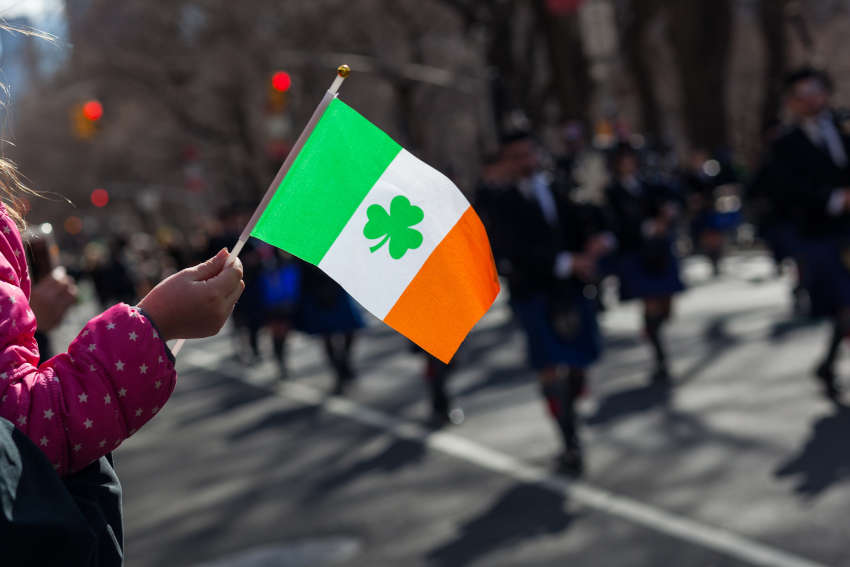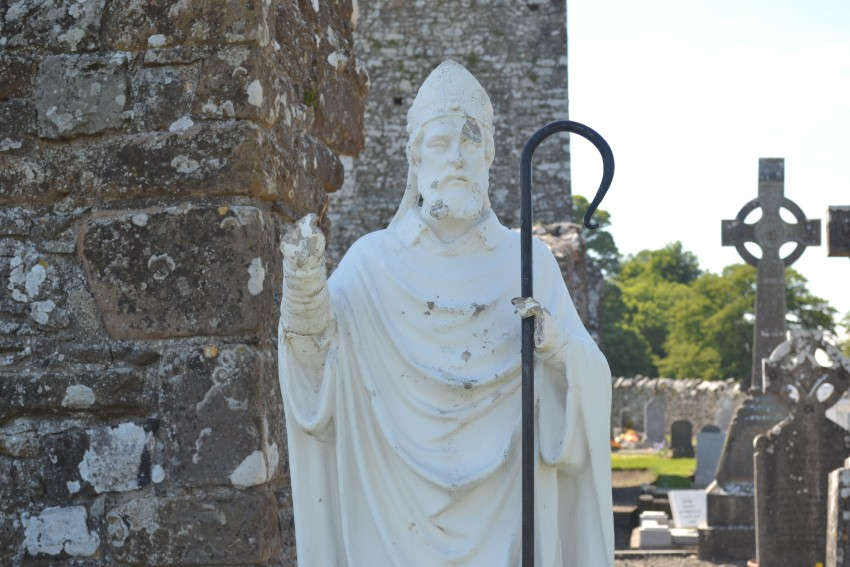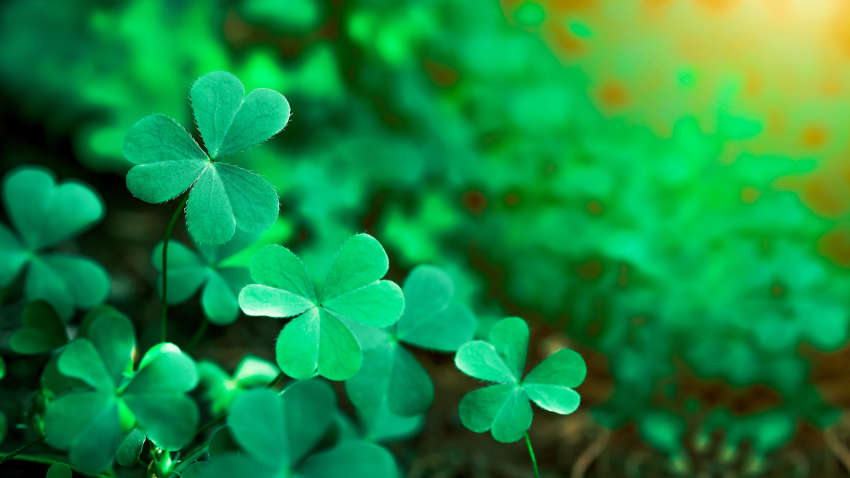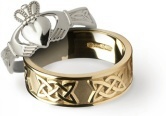Blog Categories
Blog Categories5 Surprising Facts about Saint Patrick's Day
 |
Myths and mischief, stories and legends - Saint Patrick never fails to fascinate.
Here are 5 lesser-known facts about Saint Patrick's Day that just might stop you in your tracks.
It's Official - Blue not Green
Legend has it that leprechauns are actually one reason you're supposed to wear green on Saint Patrick's Day—or risk getting pinched! The tradition is tied to ancient Irish folklore that says wearing green makes you invisible to leprechauns, as they like to pinch anyone they can see. However Saint Patrick's colour was actually blue, not green, say historians. Saint Patrick's blue, a lighter shade — can still be seen on ancient Irish flags and was used on armbands and flags by members of the Irish Citizen Army, whose 1916 Easter Rising attempted to end British rule. The official colour of Ireland in heraldic terms is actually azure blue. This association with Saint Patrick dates from the 1780's when it was adopted as the colour of the Anglo-Irish Order of Saint Patrick.
Saint Patrick Was Not Irish!
Historians believe that Saint Patrick, the patron saint of Ireland, was British (not Irish) and born near the end of the 4th century. At age 16 he was kidnapped by Irish raiders and sold as a slave to a Celtic priest in Northern Ireland. After toiling for six years as a shepherd, he escaped back to Britain. He eventually returned to Ireland as a Christian missionary. All over the world he's associated with being Irish but his beginnings were not all they seem.
 |
| Hill of Slane Statue of Saint Patrick |
Secret Behind the Snakes
Saint Patrick stood atop an Irish hillside and banished snakes from Ireland - but did he? Research suggests that the snakes did not, in fact, slither into the sea, as they never occupied Ireland and there are no sign of snakes in Ireland's fossil record. In any case, the region was covered in ice and would have been too cold for snakes. However, the legend says that the patron saint of Ireland chased the slithering reptiles into the sea after they began attacking him while he was fasting for 40 days on top of a hill!
 |
The Sacred Shamrock
Ireland's shamrock was actually considered a sacred plant in Ireland. This three-leaf clover has been associated with the country for centuries. It was called the 'seamroy' by the Celts and symbolized the arrival of Spring. It was used by Saint Patrick to explain the story of the Holy Trinity but by the 17th century it had become a symbol of emerging Irish nationalism.
It Started in the States
Saint Patrick has been celebrated by people in Ireland since the 1600s, but the tradition of a Saint Patrick's Day parade actually began in America! Records show that a Saint Patrick’s Day parade was held on March 17, 1601 in a Spanish colony in Saint Augustine, Florida. The parade, and a Saint Patrick’s Day celebration a year earlier were organised by the Spanish Colony's Irish vicar. More than a century later, homesick Irish soldiers serving in the English military marched in Boston in 1737 and in New York City on March 17. Enthusiasm grew and Saint Patrick's Day parades soon spread much wider and around the world. It's ironic that the most Irish of festivals started in the States!
